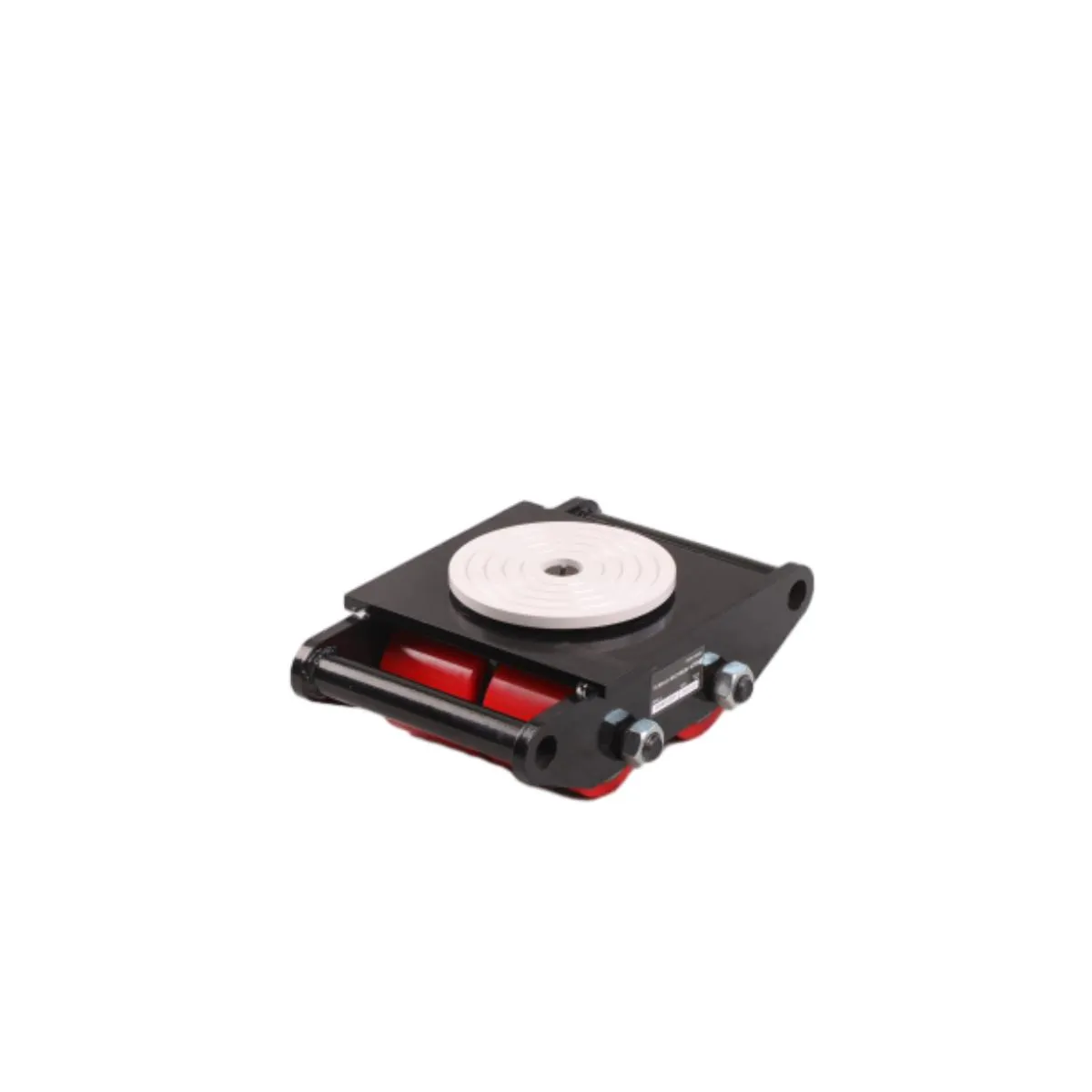lightweight overhead crane system
Lightweight Overhead Crane Systems Revolutionizing Material Handling
In modern industrial settings, efficiency and safety are paramount. One of the most significant innovations that have transformed material handling is the lightweight overhead crane system. Designed to lift and transport heavy loads with ease, these cranes provide numerous advantages that address the evolving needs of various industries.
Lightweight overhead cranes use cutting-edge materials and design techniques to minimize weight while maximizing strength and durability. This reduction in weight not only decreases the crane's overall load but also simplifies installation and mobility. Factories and warehouses benefit immensely from these portable systems, which can be easily relocated or reconfigured as production lines change.
The advantages of lightweight overhead cranes extend beyond mere mobility. They play a crucial role in enhancing workplace safety. Traditional heavy cranes require significant structural support, which can lead to safety concerns if not properly installed or maintained. In contrast, lightweight systems reduce the load on support structures, decreasing the likelihood of accidents and allowing for safer operation in confined spaces. Additionally, operators can control these cranes with precision, leading to fewer mishaps during lifting and transporting.
lightweight overhead crane system

Another important aspect of lightweight overhead crane systems is their efficiency. In fast-paced work environments, the ability to quickly move materials can significantly impact productivity. These systems allow for rapid load handling, ensuring that materials are delivered precisely where needed without unnecessary delays. Furthermore, many lightweight cranes come equipped with advanced automation features, which enhance operational efficiency while reducing the likelihood of human error.
Maintenance is also simplified with lightweight systems. Traditional cranes often require extensive upkeep due to their complexity and weight. Lightweight cranes, by contrast, can be maintained with less effort, thanks in part to fewer moving parts and a more straightforward design. This ease of maintenance ensures that equipment downtime is minimized, keeping production lines running smoothly.
Moreover, lightweight overhead cranes contribute to sustainability initiatives by using environmentally friendly manufacturing processes and materials. The reduced energy required to operate these systems translates into lower operational costs and a smaller carbon footprint, aligning with modern industry standards aimed at reducing environmental impact.
In conclusion, lightweight overhead crane systems represent a significant advancement in material handling technology. With their reduced weight, enhanced safety, improved efficiency, and sustainable design, these cranes are set to revolutionize how industries move and manage their materials. As businesses continue to seek innovative solutions that balance performance with safety and sustainability, lightweight overhead cranes will undoubtedly play a vital role in the future of material handling.
-
Unlock Seamless Relocation with Our Heavy Equipment Moving ExpertiseNewsJun.06,2025
-
Unleash Unrivaled Flexibility with Our Adjustable Gantry CraneNewsJun.06,2025
-
Unleash Heavy-Duty Efficiency with Our Industrial Gantry Crane SolutionsNewsJun.06,2025
-
Revolutionize Steel Handling with Our Magnetic Lifter RangeNewsJun.06,2025
-
Master Equipment Mobility with Premium Machinery Mover SolutionsNewsJun.06,2025
-
Elevate Your Material Handling with Magnetic Lifter TechnologyNewsJun.06,2025
-
YS Permanent Lifting Magnets: The Smarter Way to Handle SteelNewsMay.22,2025
